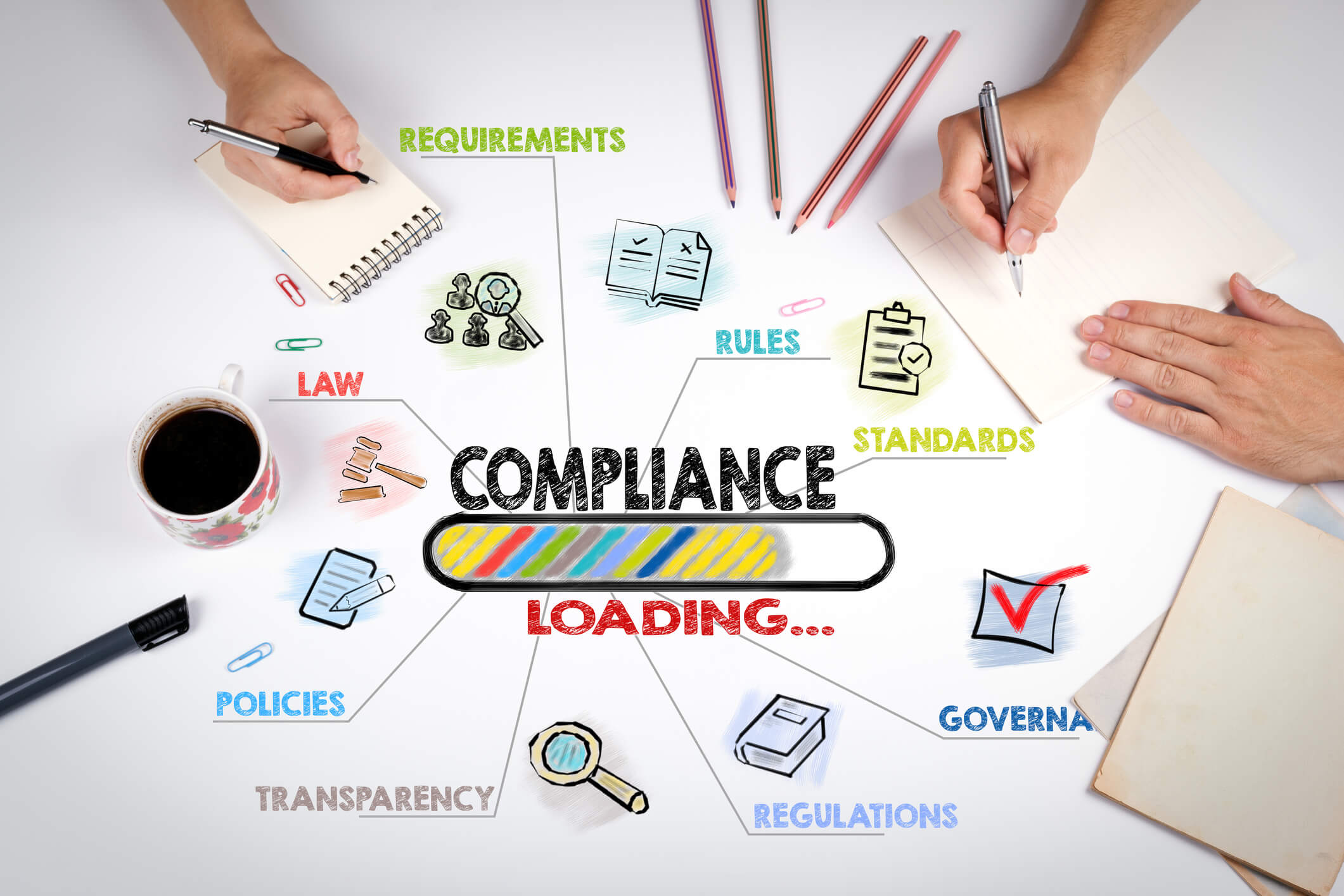Human Resource professionals have so much to manage in the organization. In the information and records management world, employee files have to be appropriately kept and guarded tightly. It needs to be guarded to such an extent that the employee files are securely locked up. Human Resource professionals have to face a tremendous challenge to keep the files confidential and protected.
The most common difficulties they face is when they need to share the employee files with the other departments or external organizations. Employee files can be digital or paper, and this is why the Human Resource department has to ensure a system for self-auditing the employee files to guarantee it is complete.

As per the federal guidelines, when the headcount of the employees in your organization reaches 15, it becomes your duty to maintain employee files for a specific duration of time. After you have landed yourself in this position, you need to keep in mind, some critical compliance risks:
- Missing Or Incomplete Documents
- Noncompliant record keeping
- Risks connected with sharing and passing employee documents
With the right technology and practices, these compliance risks can be evaded.
For this reason, the concept of bookkeeping is encouraged. Bookkeeping helps you understand how to manage and control your accounts. The idea of bookkeeping is not just limited to accounting and finance. It can be used in other fields as well.

Human Resource Technologies
In recent years, it has started to become a trend for businesses to adopt recruiting or onboarding software as a form of information management tool.
We must address and implement Human Resource technologies in today’s world, just as other Human Resource practices are implemented. Many businesses have an HRIS (Human Resources Information System), an external service provider, or a module of an ERP (Enterprise Resource Planning) system.
Document Record-keeping
It has been estimated that, on average, a sizeable Human Resource department utilizes a minimum of seven different systems, excluding those used for attendance and time. Every technology has its purpose in serving. The same information or documents can be present in one or more systems.
It can be unimaginable to get a comprehensive assessment of an employee. Thanks to these technologically designed systems, people can easily print documents from any one of the methods and place the information in the other.

Records Incomplete can get challenging for the Human Resource Department and Increase Compliance Risks
Gathering all of the necessary documents, both digital and paper, can become quite nerve-wracking for the Human Resource personnel. It all comes down to the Human Resource personnel who have to deal with the responsibility of completing their personnel files. The fact that records are submitted to multiple systems can become quite perplexing to locate and maintain them.
HR and Legal experts say that having up-to-date, complete employee files is a company’s powerful defense against litigation. But suppose the records are incomplete and miss crucial information, such as unsigned acknowledgments, performance reviews, or the incorrect version of the employee offer. In that case, it can be disastrous to the organization.
Noncompliant and Unmanaged Record Keeping
It can indeed be challenging to cater to the criteria and retention requirements for different documents. The state regulations of USCIS (the United States Citizenship and Immigration Services) and other state employment acts (OSHA, ERISA, FMLA, and ADA) have set specific document retention guidelines that need to be followed.
Nowadays, all companies need to maintain a record retention schedule and policies in black and white. The policies should include which documents are formed and maintained, by whom, and the location. Companies need to implement a policy through which the employee records are preserved in litigation or audit until the issue gets resolved.
For the Human Resource members to manage their compliant record-keeping program, they need to organize and control all documents and data during that employee’s life cycle, from the time of hiring till the time of their retirement. If there comes a time when new forms, regulations, and policies are changed and implemented, that employee’s files ought to be updated, along with the out-of-date forms and documents revised and deleted. You will notice a decline in your compliance risks.
 About Complete Controller® – America’s Bookkeeping Experts Complete Controller is the Nation’s Leader in virtual bookkeeping, providing service to businesses and households alike. Utilizing Complete Controller’s technology, clients gain access to a cloud-hosted desktop where their entire team and tax accountant may access the QuickBooks™️ file, critical financial documents, and back-office tools in an efficient and secure environment. Complete Controller’s team of certified US-based accounting professionals provide bookkeeping, record storage, performance reporting, and controller services including training, cash-flow management, budgeting and forecasting, process and controls advisement, and bill-pay. With flat-rate service plans, Complete Controller is the most cost-effective expert accounting solution for business, family-office, trusts, and households of any size or complexity.
About Complete Controller® – America’s Bookkeeping Experts Complete Controller is the Nation’s Leader in virtual bookkeeping, providing service to businesses and households alike. Utilizing Complete Controller’s technology, clients gain access to a cloud-hosted desktop where their entire team and tax accountant may access the QuickBooks™️ file, critical financial documents, and back-office tools in an efficient and secure environment. Complete Controller’s team of certified US-based accounting professionals provide bookkeeping, record storage, performance reporting, and controller services including training, cash-flow management, budgeting and forecasting, process and controls advisement, and bill-pay. With flat-rate service plans, Complete Controller is the most cost-effective expert accounting solution for business, family-office, trusts, and households of any size or complexity.




